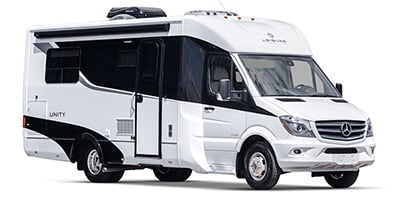Winter Weather in Peru
 For people with only a rough geographical knowledge of Peru, intuitive knowledge should dictate a couple of things about the seasons in Peru. First, like other countries in the southern hemisphere, the seasons are reversed from those in the northern hemisphere; the high summer months are December, January, and February, whereas the key winter months are June through August. Second, the country is fairly close to the equator and should have a year round warm tropical climate.
For people with only a rough geographical knowledge of Peru, intuitive knowledge should dictate a couple of things about the seasons in Peru. First, like other countries in the southern hemisphere, the seasons are reversed from those in the northern hemisphere; the high summer months are December, January, and February, whereas the key winter months are June through August. Second, the country is fairly close to the equator and should have a year round warm tropical climate.
Well, you can toss both those assumptions out the window. This is because Peru’s geography gives it some unique climatic features. The Andes mountain range, which runs through the middle of the country is the principal reason for this. A second factor is the cold water Humboldt Current, also known as the Peru Current, which runs up the coast of Chile to southern Peru. As a consequence of these attributes, the coast, the mountains, and the jungle each have distinct winter climates.
Coast
In general, the Peruvian coastal climate is characterized by moderate temperatures, little rainfall, and high humidity. The abovementioned Humboldt Current results in semi-arid conditions all along the coast. The northern coast, closer to the equator, is generally warmer and wetter. In the winter month of June, July, and August, visitors can expect clouds, cool temperatures, and some humidity. The northern coast tends to be warm and comfortable with little rain. Meanwhile, on the central and south coasts, travelers can expect overcast skies. One winter phenomenon unique to Peru, as well as parts of Chile, is the garua, a term for the permanent layer of fog that covers the coast in the winter.
Mountains
Known in Spanish as the sierra, the mountains or highlands in Peru have a very distinct climate. In this region, winter does not exist as such; instead, there is a dry season and a rainy season. In addition, temperatures and humidity remain fairly low year round because of the high elevation. The dry season – June, July, and August – brings cold mornings and nights and almost no rain. The rainy season, mainly January and February, are typified by high precipitation. Also, if it rains, the cloud cover helps to maintain higher temperatures, although these never go above 70 degrees Fahrenheit. However, even during the dry season, there is a change of snowfall at higher elevations – above 3,800 meters.
Jungle
The jungle presents yet another variation in weather, determined mainly by the equatorial climate of the Amazon rainforest. Visitors to the jungle can expect a lot of rainfall and generally high temperatures all year round. The exception in the southern jungle, where there is a chance of colder temperatures from May until August. These cold surges come from further south and generally last only a few days. As in the mountain region, the months between June and August are somewhat of a dry season.

